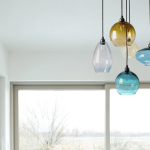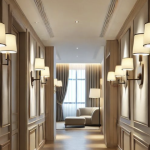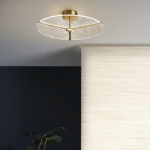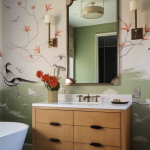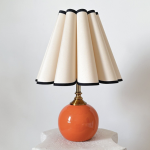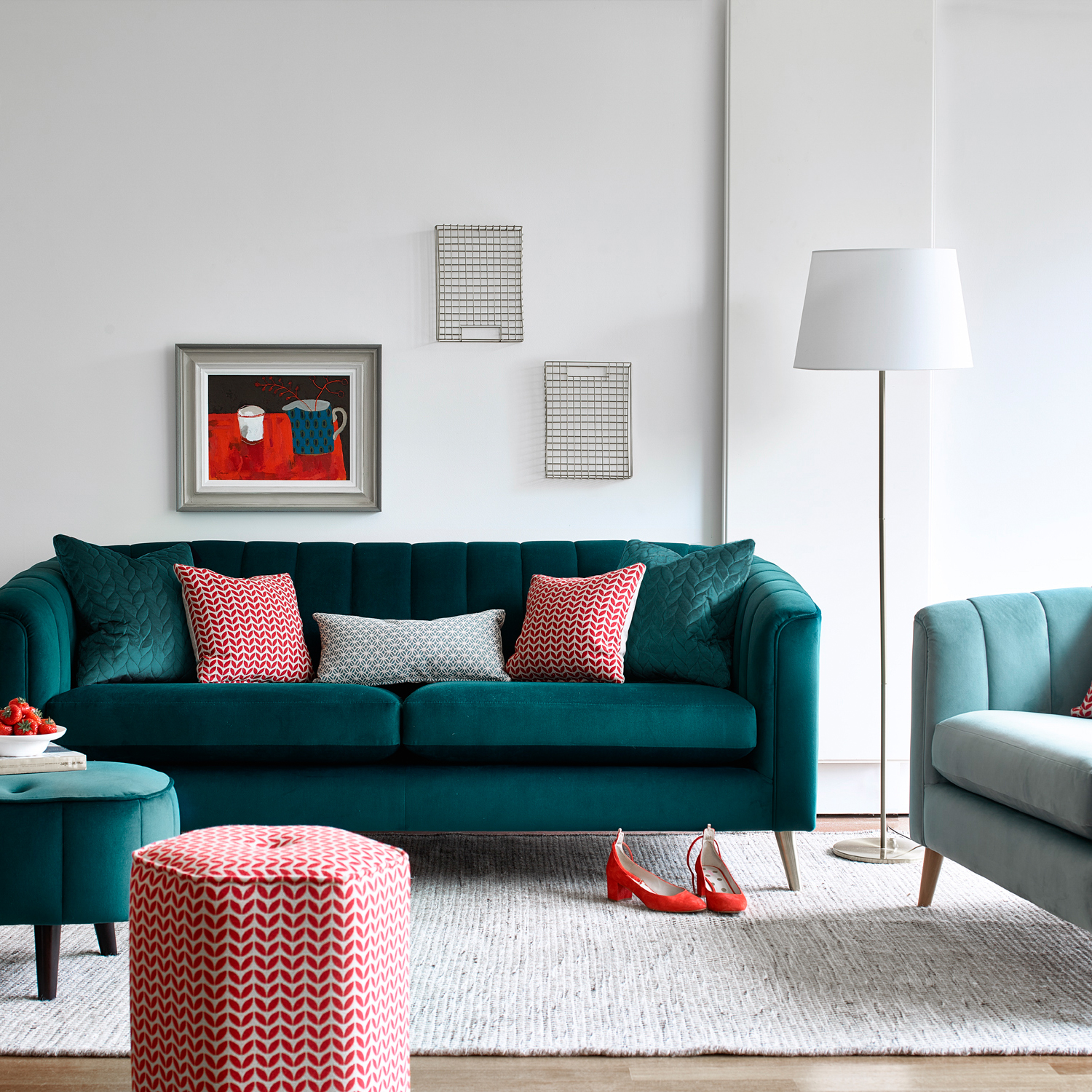
HyperFocal: 0
Introduction
Reading is one of the most enjoyable and educational activities around. Whether you are an avid book lover, a student, or someone who enjoys browsing online, having the right reading light is essential to prevent eye strain and fatigue. A plug-in wall reading light is a great option for anyone who wants to create a cozy, intimate reading environment. This guide will provide you with all the information you need to choose the perfect plug-in wall reading light for your needs.
Why Choose a Plug-In Wall Reading Light?
When it comes to reading lights, there are many options to choose from, including desk lamps, floor lamps, and clip-on lights. However, a plug-in wall reading light has some unique advantages. One of the biggest advantages is that it takes up very little space. Unlike other types of lamps, a plug-in wall reading light does not require a table or a bench to stand on. This means that you can use it in cramped spaces such as small apartments or dorm rooms. Additionally, a plug-in wall light is great for creating a cozy, intimate atmosphere. With a wall light, you can avoid harsh overhead lighting and create a warm, relaxing environment that is perfect for reading.
Factors to Consider When Choosing a Plug-In Wall Reading Light
There are several factors to consider when choosing a plug-in wall reading light. These include:
Brightness
One of the most important factors to consider when choosing a plug-in wall reading light is brightness. You want a light that is bright enough to make reading comfortable but not so bright that it causes eye strain. Typically, a reading light should have a brightness of between 300 and 600 lumens.
Color Temperature
The color temperature of a reading light is another important factor to consider. This refers to the color of the light emitted by the lamp. The color temperature is measured on the Kelvin scale and typically ranges from 2700K to 5000K. For reading, it is best to choose a light with a color temperature of between 2700K and 3000K. This will provide a warm, cozy glow that is ideal for reading.
Flexibility
Another factor to consider is flexibility. A good reading light should be adjustable so that you can direct the light where you need it. This is especially important if you like to read in bed or in a chair. Some lights come with an adjustable arm or head, while others have a flexible neck that allows you to adjust the angle of the light.
Style
Finally, you should consider the style of the reading light. There are many different styles to choose from, including modern, traditional, and rustic. Choose a style that complements the decor of your room and adds to the overall ambiance.

